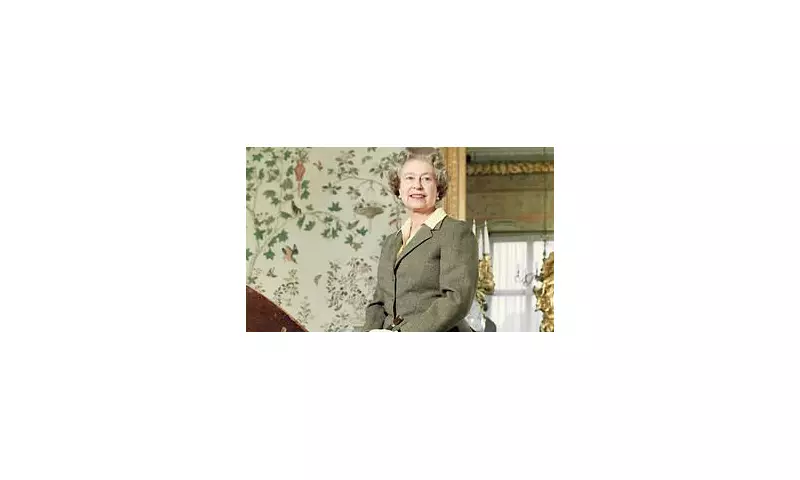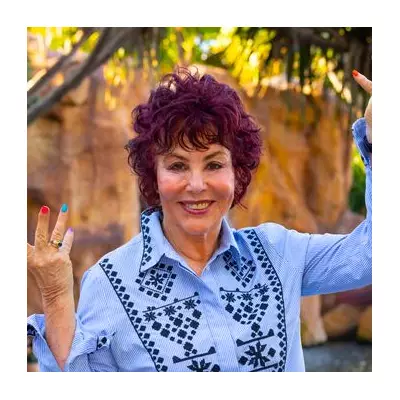
In a remarkable discovery that offers a fresh glimpse into the monarch's private world, previously unpublished photographs have surfaced showing Queen Elizabeth II in a delightfully unguarded moment at Buckingham Palace.
The images capture Her Majesty during a portrait session with renowned American artist Arnold Friberg, where she gamely posed astride a carved wooden horse against the opulent backdrop of the palace's regal interiors.
The Artist and His Royal Subject
Arnold Friberg, celebrated for his historical and religious paintings, was commissioned to create an official portrait of the Queen during the latter part of her reign. These newly revealed behind-the-scenes shots, however, show a far more relaxed atmosphere than typically associated with formal royal sittings.
The wooden horse, an unexpected prop in the grand setting of Buckingham Palace, adds a whimsical touch to the proceedings. Her Majesty appears engaged and comfortable, demonstrating the professionalism and patience for which she was renowned during countless portrait sessions throughout her seventy-year reign.
A Rare Glimpse Behind the Crown
These photographs stand in stark contrast to the formal, often stern portraits that typically define royal imagery. They reveal a moment of lightness and cooperation between monarch and artist, showing the human side of a figure more commonly associated with state duties and ceremonial functions.
The setting within Buckingham Palace, normally seen only during official tours or state occasions, provides a fascinating backdrop to this informal interaction. The rich decor and classical architecture serve as a reminder of the institution the Queen represented, while her relaxed demeanour showcases the person behind the title.
Historical Significance and Timing
The emergence of these photographs adds another layer to our understanding of Queen Elizabeth II's approach to her role. While maintaining the dignity of her position, she occasionally permitted glimpses of her personal character to shine through – as evidenced by this playful engagement with Friberg's artistic process.
This revelation comes as interest in the late Queen's life and reign continues to grow, with historians and the public alike seeking to understand the woman who dedicated seven decades to service. These images contribute valuable insight into her working relationships with artists and her approach to the constant demand for royal imagery.
The photographs serve as a poignant reminder of a monarch who balanced tradition with moments of unexpected informality, forever changing and yet faithfully preserving the monarchy she inherited.





